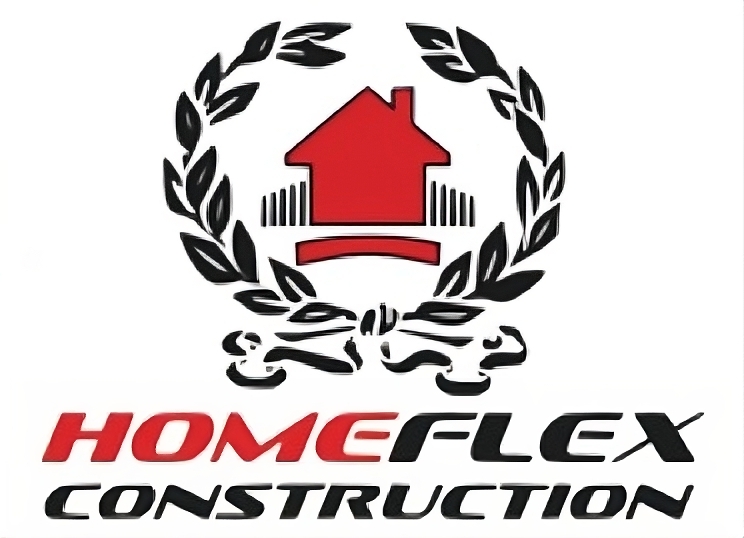Concrete may look indestructible, but it’s not. Water damage can slowly destroy even the strongest concrete walls. Spotting early signs of water damage in concrete walls can save you from huge repair costs and structural headaches.
Especially in cities with heavy rain or freezing weather, moisture sneaks in fast. If you notice dampness or cracks, don’t ignore them. Acting early keeps your home safe and solid.
Here’s how to recognize the early warning signs before it’s too late.
1. Dark Spots
Dark stains or uneven coloring are the first signs of water damage in concrete walls.
Why: Concrete absorbs water like a sponge. These spots mean moisture is constantly seeping through.
Fix it: Monitor the spot. If it stays damp for days, check for leaks or poor drainage. Therefore, fix the moisture source immediately.
2. White Powder (Efflorescence)
That white, chalky residue is salt. It appears when water passes through concrete and evaporates.
Reality: The salt itself isn’t harmful, but it’s proof of ongoing moisture.
Fix it: Brush it off, then seal the concrete and improve drainage. Otherwise, more damage will follow.
3. Cracks
Cracks are clear signs of water damage in concrete walls. Water widens them over time, especially in freezing weather.
Fix it: Seal small ones with epoxy. Large or growing cracks need professional repair before they affect the structure and stability.
4. Peeling Paint
Bubbling or flaking paint means moisture is trapped underneath.
Fix it: Remove loose paint, dry the surface, and use a breathable masonry coating next time. This lets vapor escape and prevents mold.
5. Mold and Musty Odors
Black or green spots and musty smells are major signs of water damage in concrete walls.
Fix it: Clean small mold areas with vinegar. For bigger problems, call professionals and address the source of moisture right away.
6. Flaking Concrete (Spalling)
When your wall starts crumbling or chipping, it’s water damage at work.
Fix it: Remove loose material, patch the wall, and seal it to stop further moisture.
7. Wet Streaks
Visible damp trails are proof of active leaks.
Fix it: Check gutters, roof drains, and pipes. If water keeps seeping through, consider installing a waterproof membrane.
8. Crumbly Concrete
Soft, chalky surfaces mean the wall’s structure is weakening.
Fix it: If the concrete sounds hollow, call a structural engineer. You might have serious internal damage.
9. Rust Stains (“Concrete Cancer”)
Rusty streaks appear when water reaches steel reinforcements inside the wall.
Fix it: Remove damaged concrete, treat rusted rebar, patch it, and waterproof the area.
10. Constant Condensation
Walls that are always wet without visible leaks show condensation issues.
Fix it: Improve airflow, use dehumidifiers, and insulate cold surfaces to reduce moisture.
Conclusion
Concrete is strong but not immune to time and water. Recognizing signs of water damage in concrete walls early helps you prevent expensive structural issues. In short, check regularly, act fast, and maintain your drainage and sealants to protect your home for years.
